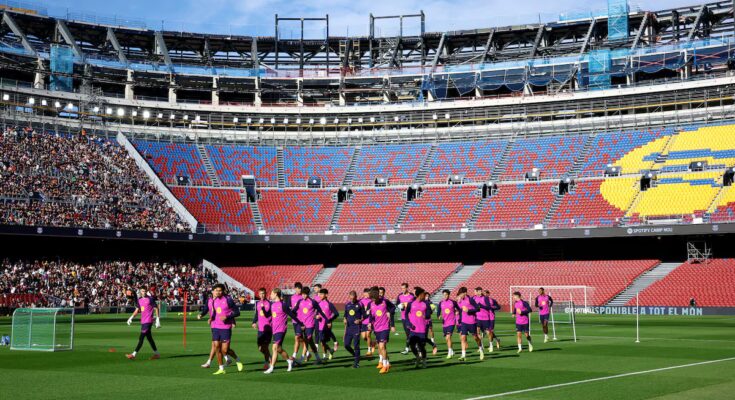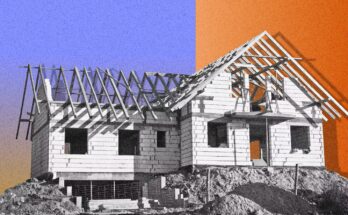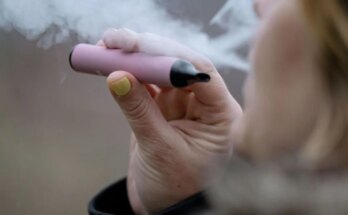Camp Nou has gone from being a political challenge to becoming a communication challenge for Joan Laporta’s board. Above all, however, it has been (and will continue to be) an economic challenge. “Espai Barça can have the same impact on the city that the Barcelona Olympic Games had,” said the Barça president when he decided to promote the new stadium project in 2021. Two years later, when work began, he underlined that his board “had shown courage with the project”. And, once the pitch was open, in the test held on 7 November in open-door training, Barça’s top manager underlined: “It maintains the legendary moments of the past, but with a new soul. It’s like returning to the future.”
It is difficult, for now, to know whether Laporta sold slogans of optimism to Barcelona fans or was simply realistic in underlining the courage of a board that launched the most ambitious project in the club’s history (1,450 million euros) at a time when the debt reached 1,350 million. There is no doubt, however, that the new Camp Nou has brought political duels for the president.
The first was to bet on Limak. As revealed by Cadena SER, the Turkish company was the construction company least appreciated by Barcelona technicians for the works on Spotify’s Camp Nou. The report found that Limak did not justify his enforcement schedule, which is faster than that of his competitors, and that his responses were “undefined, vague and insufficient.” Furthermore, almost 200 million euros were needed to start the works, compared to 12 million for the rest of the applicants. Despite this, it won the award ahead of the FCC and Ferrovial consortia.
The second conflict arose from broken promises with the return to the stadium. Tenants at Montjuïc since August 2023, Barcelona had initially planned a return to Camp Nou in November 2024 to celebrate their 125th anniversary. The delays continued until Laporta himself assured that the 2025 Gamper Trophy would be played in the Les Corts district. He didn’t comply. Barça, in fact, returns home not only a year later than expected, but three months after Gamper’s announcement. “The return to the pitch is an example of how things work in the club. There are many interests and no one wants to go to the president with bad news”, they recall from the Camp Nou headquarters.
In the uncertainty about returning to the field, Barcelona is looking for an enemy. He looked for it outside Les Corts: the town hall. On September 23, with Barcelona at the gates of La Mercè, Barça and the Municipality staged a clash: in the morning the club assured that everything was ready; In the afternoon the municipality denied the license due to “safety deficiencies”, which the fire chief described without nuance. Barcelona, therefore, had no choice but to return to Montjuïc, the home loaned by BSM (Barcelona Serveis Municipals) after a deal that, on average, amounted to 500,000 euros per match.
“Barcelona brings to a political level a problem that binds them to the construction company. It was not a political decision to give up the license or not. It was a technical decision. The technicians don’t care whether Laporta pushes to return to the stadium or not”, they complained from the City Council.
But the rush to return to the Camp Nou is not only due to the political disputes with the City Council or the internal wars between the club’s various directors and managers. Barça needed to return home to mitigate their financial problems as soon as possible. That was (and is) the third conflict for Laporta, essentially the most important. One of the first issues to be resolved was that in the Ciudad Deportiva offices: without the stadium open there was no way for the auditors to justify the sale of the VIP seats – hastily transferred in December 2024 for 100 million to Qatari and Emirati funds to register Dani Olmo and Pau Víctor – and thus achieve the 1×1 rule required by La Liga’s financial fair play rules. “Now the auditors will be able to verify that the asset sold exists and is operational,” celebrate sources in the financial area.
Commitments and investors
But it wasn’t just the pending issues with LaLiga and Javier Tebas that needed to be resolved. The club has commitments with investors and sponsors. In December, for example, the Catalan institution will have to pay 44 million euros in interest on the 1,450 million loan. Furthermore, the contract with Spotify provides for a “full return” by July 1, 2026; Otherwise the revenues will drop from 20 to 5 million per year, and the agreement could even be canceled starting from 2028. There is an important detail: to be considered complete, the restitution requires benches, rings, walkways, doors, advertising and other fundamental assets to be operational.
For now, Barcelona opens its doors to 45,401 spectators (phase 1A: grandstand, south and side gate). The players, in any case, do not yet have a permanent dressing room (they use one of the four that will be on the pitch) and this Saturday against Athletic (4.15pm) the press conferences of Hansi Flick and Ernesto Valverde will be held at Auditori 1899. It is expected, according to Laporta, that at the beginning of next year 62,000 fans will be able to access Camp Nou (phase 1C, with first and second rounds complete). stands). According to the budget presented by the council during the 2025-2026 season, the stadium’s revenues will be 226 million, 51 more than last season.
The stadium will be completed in 2027 and will have a capacity of 105,000 people. It will be then that Barcelona will have the economic leap necessary to pay off their debt. The consultancy firm Legends, an American company with which Barcelona and Madrid collaborate, has predicted that the Barça club will generate 346 million euros once the stadium is finished. Laporta, in the last assembly, assured that this figure already exceeds 400 million.
The return to the Camp Nou, then, was not a matter of sentimentality or nostalgia: every delay increases the political, but above all economic, risks in a club where money is not enough. Laporta has already said it: “We have shown courage with this project.”



